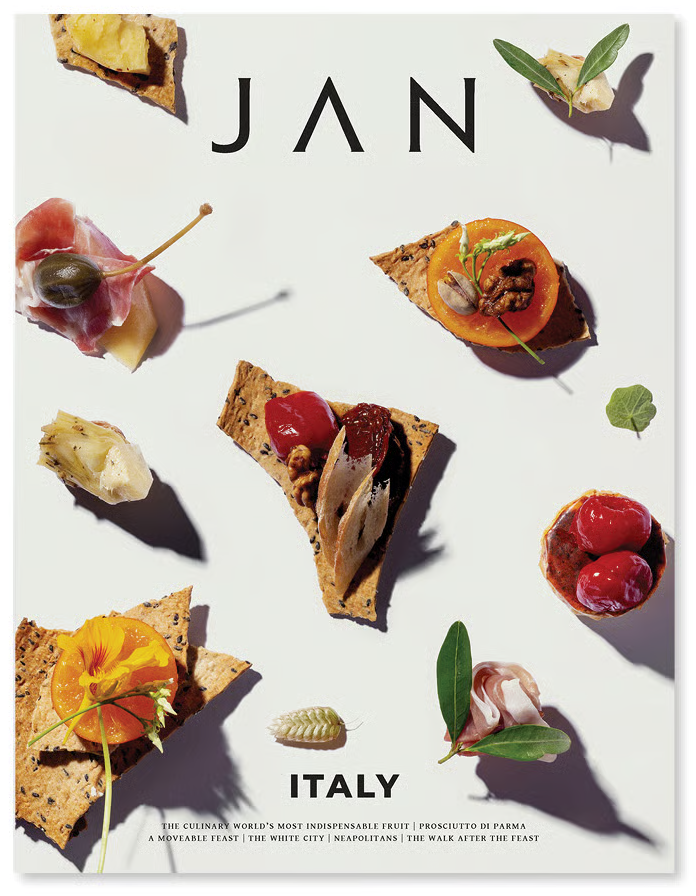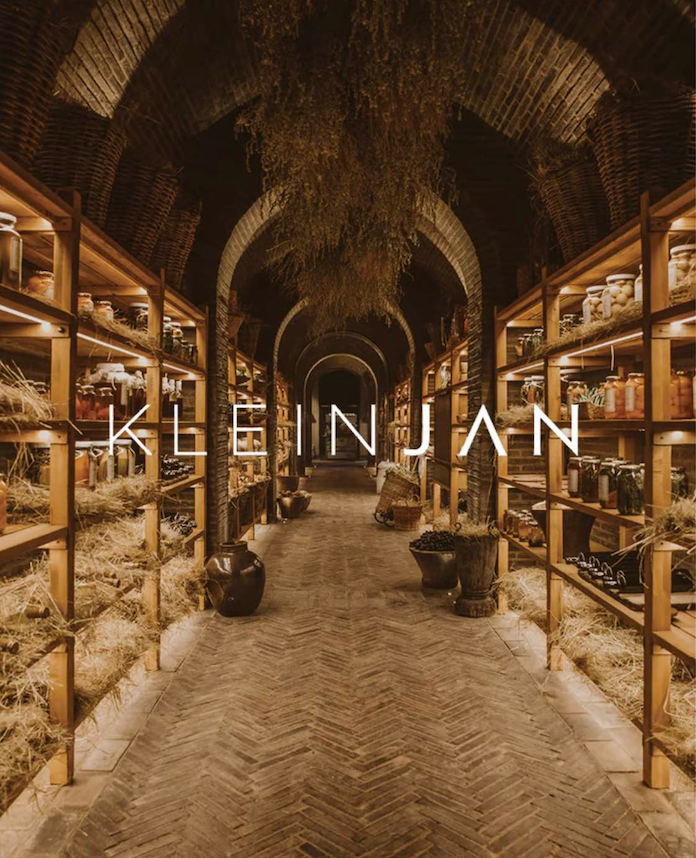Fuel to the Fire
Any braai master will know there’s more to cooking with fire than wood and oil. Like any artform, the choice of materials is crucial to the quality of your braai. The fuel you use to generate a fire will affect everything, from taste to temperature – and as in the kitchen, everything matters. More than that, the wood’s sustainability is also worth consideration. Currently in South Africa, for instance, we tend to favour non-indigenous wood to aid the eradication of these trees. So, before planning your next tjop en dop, take another look at the tools at your disposal.

BLACK WATTLE
One of the most popular types of firewood on the market, black wattle adds a smoky flavour to food and leaves very little residue. Although it is often moist when purchased during the winter months, it burns slowly, retaining a good heat for hours. It is also widely available in South Africa, and affordable. Apart from the braai, black wattle is also ideal for using in fireplaces and pizza ovens.
ROOIKRANS
Rooikrans is arguably the most popular source of firewood in South Africa. The tree can grow up to eight metres tall, and once mature, it provides a dry wood with good, flammable pods. The burning time is long and the coals get extremely hot, which is perfect for searing anything from a steak to a sosatie.


BLUE GUM
Very closely related to the Red River Gum, this undesired visitor from the Antipodes makes a much-desired firewood, particularly in fireplaces and pizza ovens. It burns fast but hot – with a low, lingering heat after the flames have subsided – and leaves behind less ash than many other types of wood.


CHARCOAL BRIQUETTES
Sustainably manufactured briquettes are made of leftover wood fibre that cannot be used to manufacture paper. Using leftover timber is less dependent on soil and decreases the risk of fire while the next crop grows. Good quality briquettes produce large pieces of charcoal, light quickly, and are ideal for cutting quick cuts of meat.
“RESTAURANT GRADE” CHARCOAL
Like briquettes, these charcoal shards are ideal for cooking quick cuts of meat, like steak, burger patties, pork chops and chicken breasts. The pieces are generally larger than briquettes, but are much less dense, which means they light easily, but burn out quicker. While an even glow is ideal, it’s best to get cooking before they lose too much of their heat.
COOKING IN THE WILD (OR YOUR BACKYARD)
Now that you’ve mastered the art of making a fire, it’s time to turn your attention to cooking, starting with safety.

THE WOOD
Always ensure you use clean-burning wood. Dry wood will make considerably less smoke and a very hot fire, which is ideal for cooking.
THE PLACE
Make sure there’s plenty of open space around your fire, far away from trees or plants that can catch alight. When you make you fire, try to make it on rock rather than on soil, to cause as little as possible damage to the environment. If there’s an existing firepit, use it.
THE WIND
Unless you can find a safe, sheltered spot, making a fire in windy conditions is not only difficult, but dangerous. Avoid it if you can.
THE COALS
Once the initial flames have died down a bit and you’re left with mostly white coals, use a stick to push the coals into three “stages”. The bigger coals emit the hottest temperature. The tiny ones, lowest. So arrange them so that you have high, medium and low heat areas.
Then, have a grill ready for steak and sosatie type foods, and an iron pot (stews) or pan (anything fired) that you can put directly on the coals. As the fire loses its potency, bring the coals closer to the grill or cooking implement. Other than that, cook as normal.
THE HEAT
To test the heat of a fire, hold your hand about 10 cm away from the fire. If you have to pull your hand away within 2 seconds, the heat is at a high level. At around 3 seconds, you’ve achieved a medium heat. Anything between 4 and 5 seconds is considered low heat.















